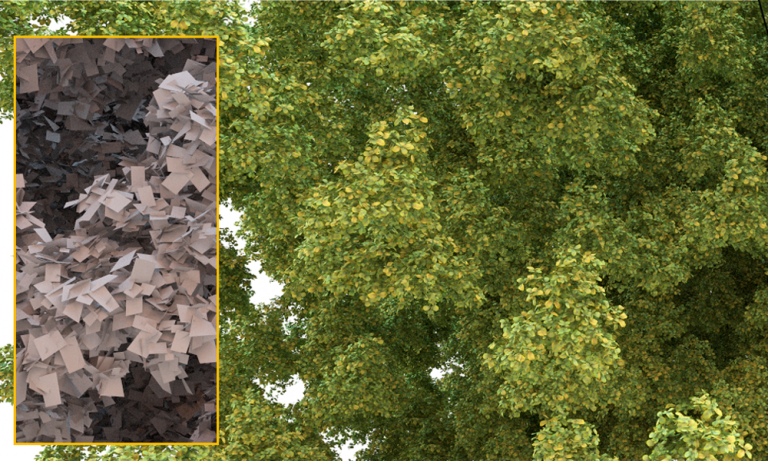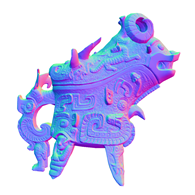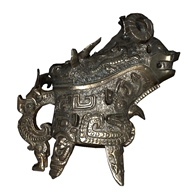 NVIDIA will be presenting a new paper introducing a new method for generating level-of-detail of complex models, taking both geometry and surface appearance into account.
NVIDIA will be presenting a new paper introducing a new method for generating level-of-detail of complex models, taking both geometry and surface appearance into account.
NVIDIA will be presenting a new paper titled “Appearance-Driven Automatic 3D Model Simplification” at Eurographics Symposium on Rendering 2021 (EGSR), June 29-July 2, introducing a new method for generating level-of-detail of complex models, taking both geometry and surface appearance into account.

Level-of-detail has long been used in computer games as a means of improving performance and reducing aliasing artifacts that may occur due to shading detail or small geometric features. Traditional approaches to level of detail include mesh simplification, normal map baking, and shading/BSDF prefiltering. Each problem is typically tackled in isolation.
We approach level-of-detail entirely in image space, with our optimization objective being “does a simplified model look like the reference when rendered from a certain distance?” (i.e., we use a standard image loss). This perspective is not entirely new, but recent advances in differentiable rendering have transformed it from a theoretical exercise to something highly practical, with excellent performance. We propose an efficient inverse rendering method and system that can be used to simultaneously optimize shape and materials to generate level-of-detail models, or clean up the result of automatic simplification tools.
Approaching model simplification through inverse rendering lets us unify previous methods into a single system, optimizing for a single loss. This is important, because the system can negotiate which rendering term is best suited to represent a detail. An example is shown in the image below, where we create a simplified version of the Ewer statue. By using normal mapping in the inverse rendering setup, the system automatically determines which features are best represented by geometry, and which can be represented by the normal map.



We show that our method is applicable to a wide range of applications including level-of-detail, normal and displacement map baking, shape and appearance prefiltering and simplification of aggregate geometry, all while supporting animated geometry. We can additionally convert between surface representations, e.g. convert an implicit surface to a mesh, different material representations and different renderers.
Refer to the paper and supplemental material for full results. Our source code is publicly available at GitHub.
Learn more: Check out the project website.
